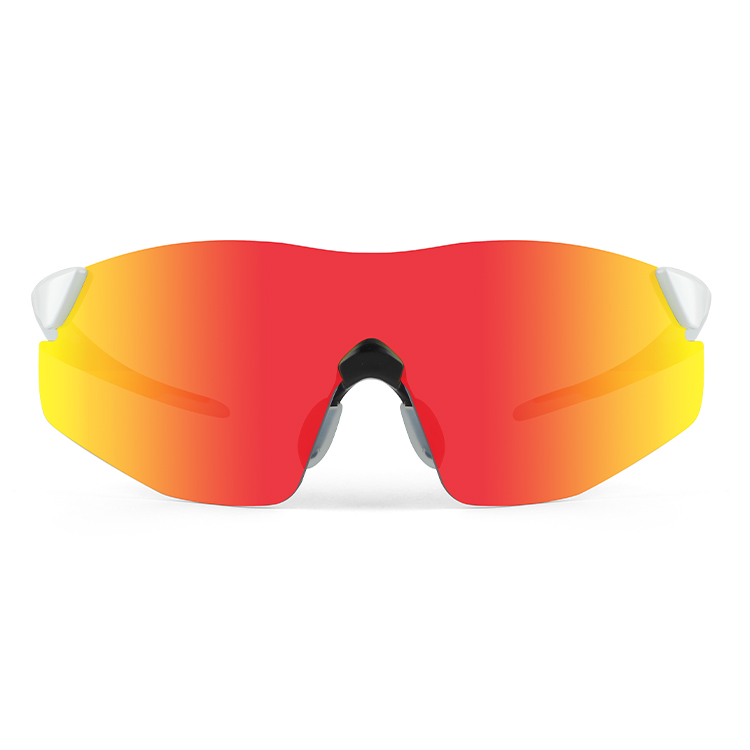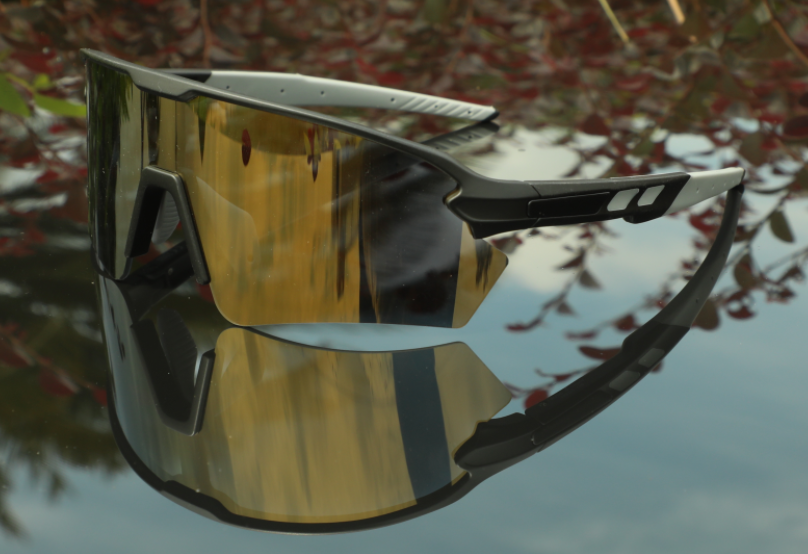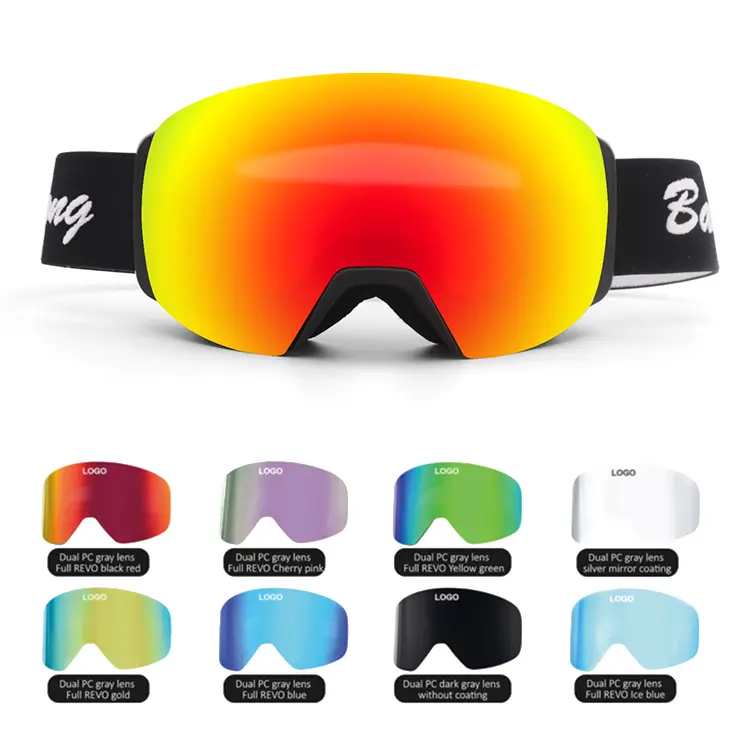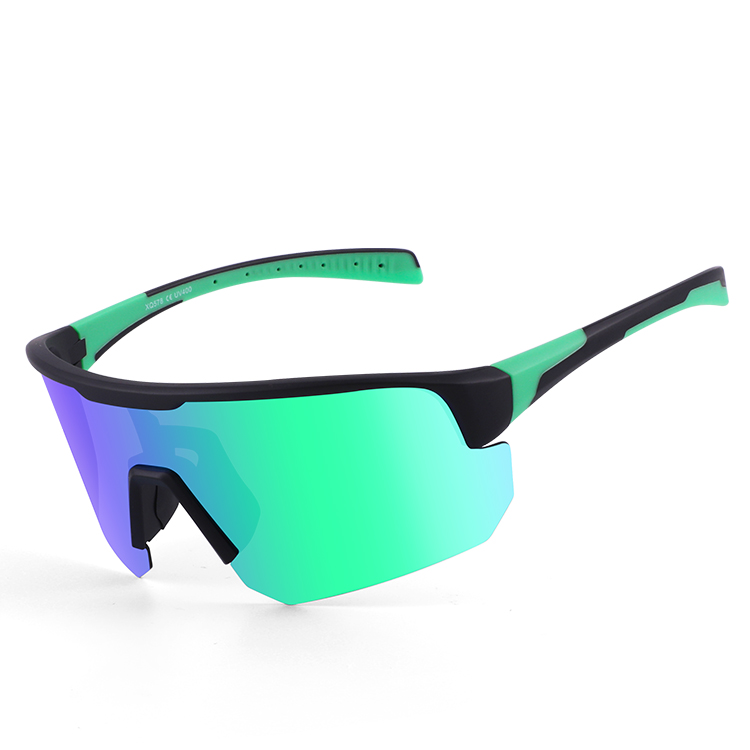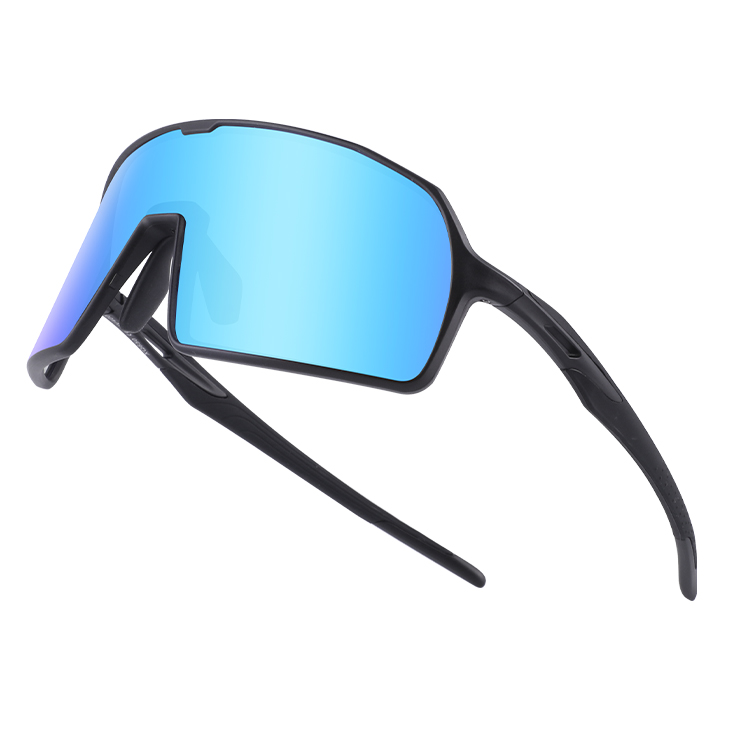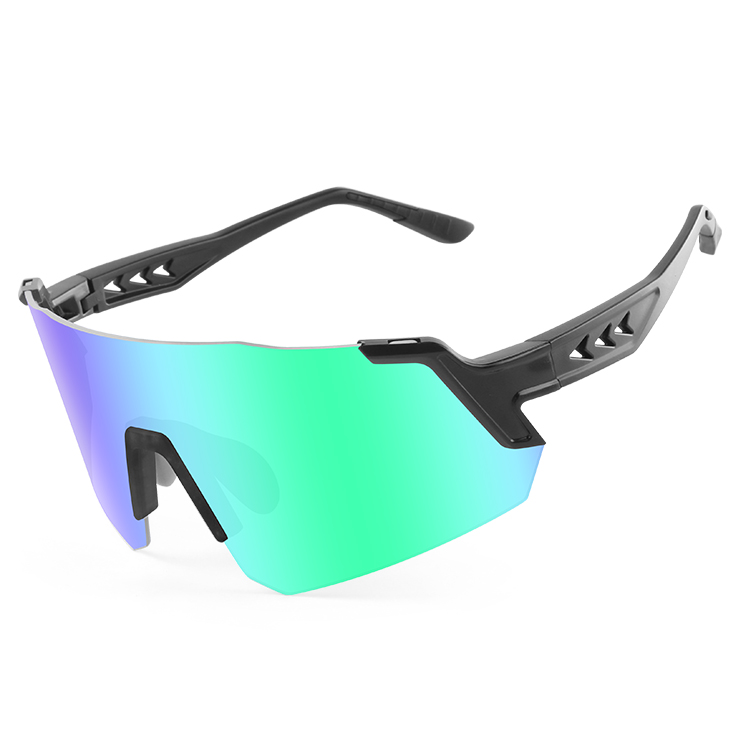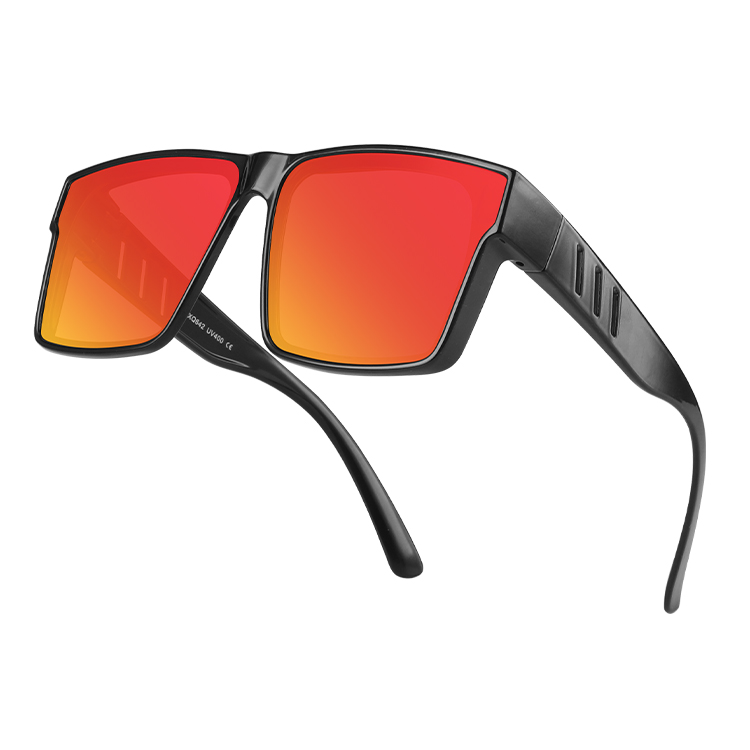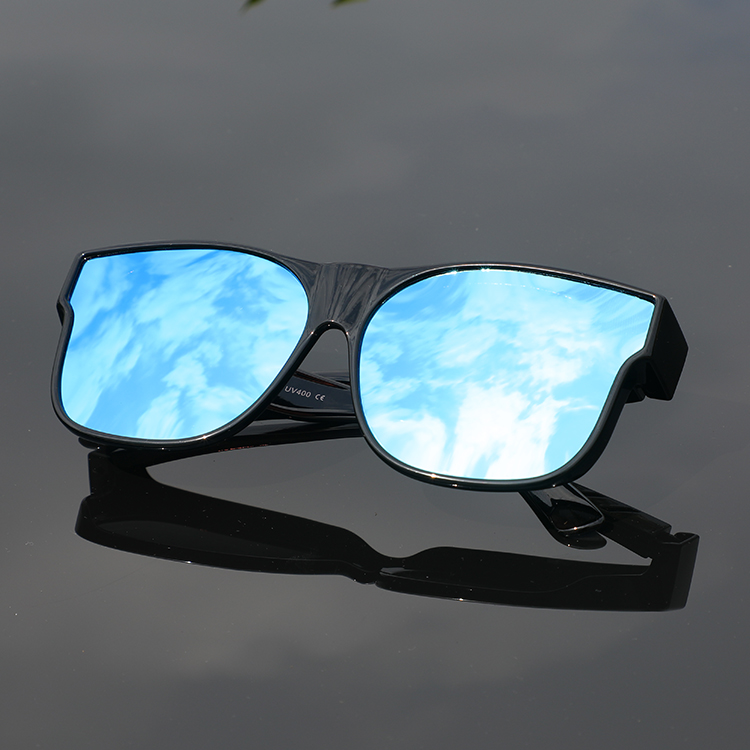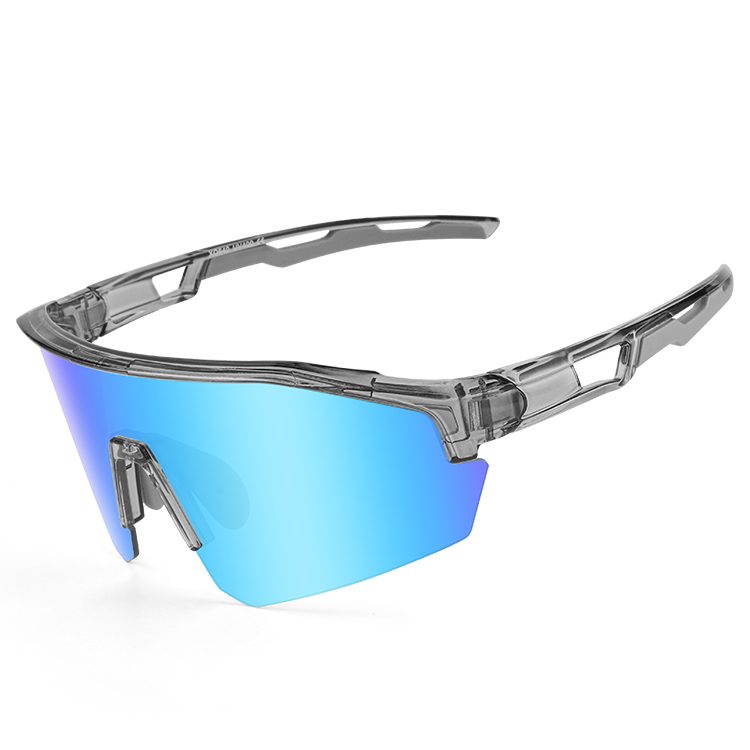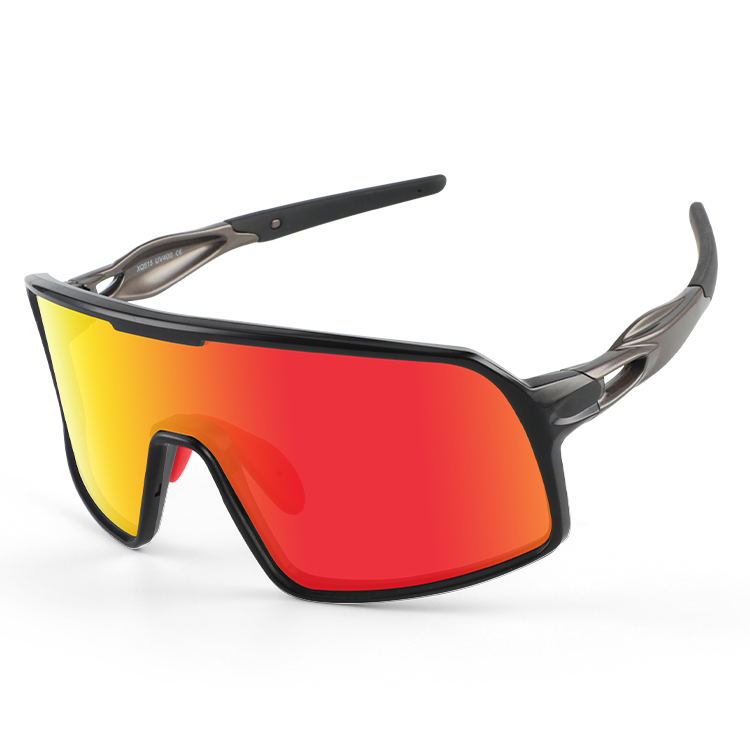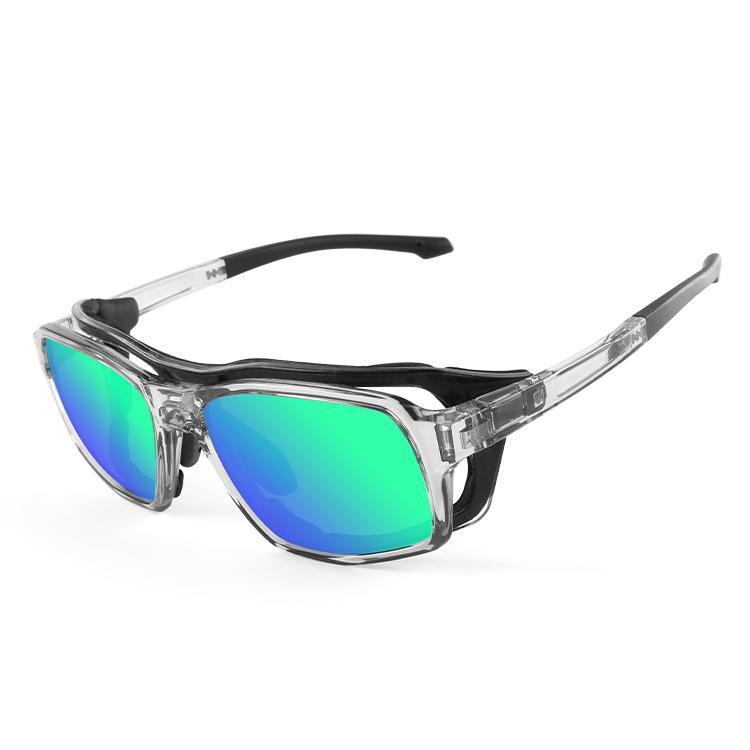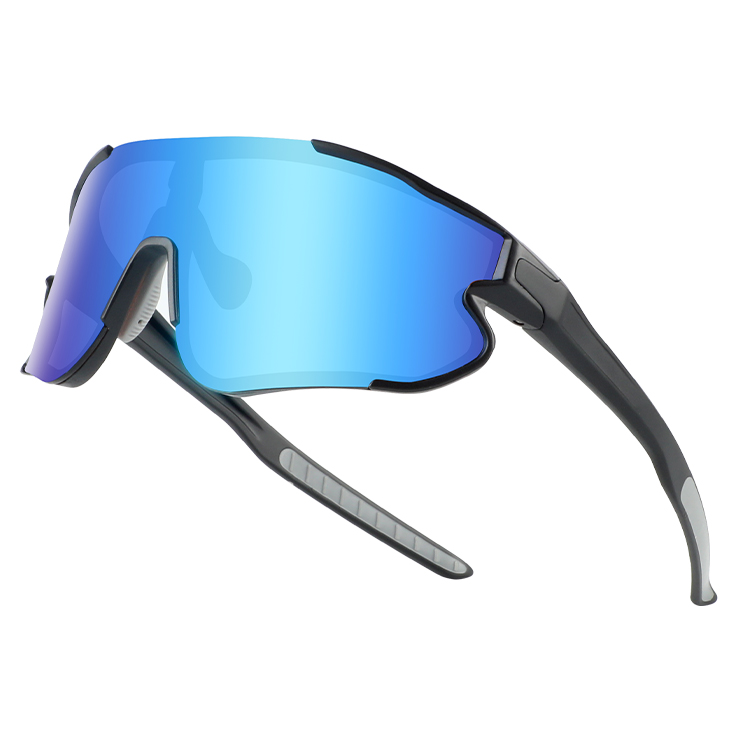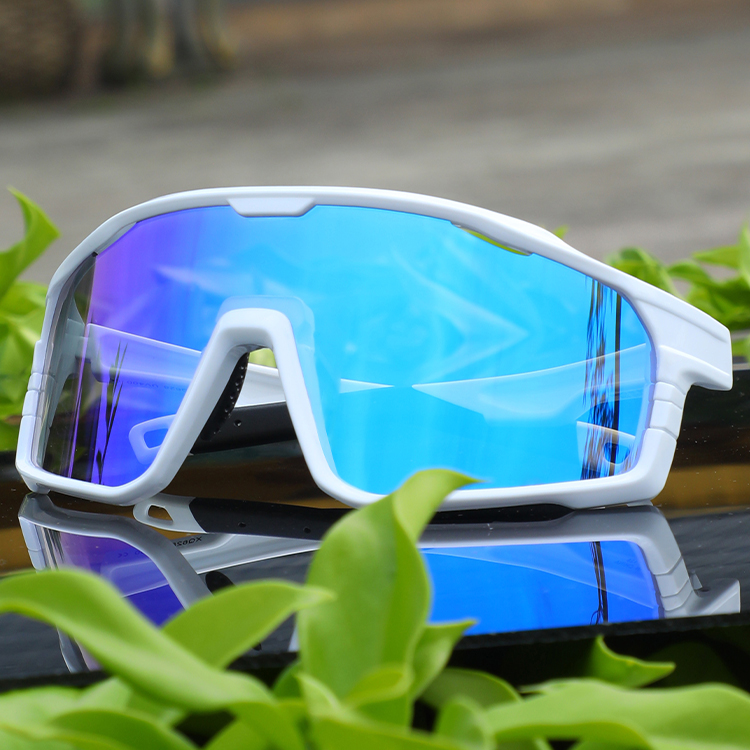When planning a ski trip, many people ask: are ski goggles necessary? The short answer is yes, and for good reason. Ski goggles are not just an accessory—they are a critical piece of equipment that protects your eyes from wind, snow, harmful UV rays, and debris while improving visibility in constantly changing light conditions. Whether you’re a beginner on gentle slopes or an experienced skier tackling steep terrain, goggles play an essential role in maintaining clear vision and protecting your eyes from harsh mountain environments. This guide explains why ski goggles are vital gear for all skiers, regardless of skill level or weather.
Are Ski Goggles Necessary for UV Protection
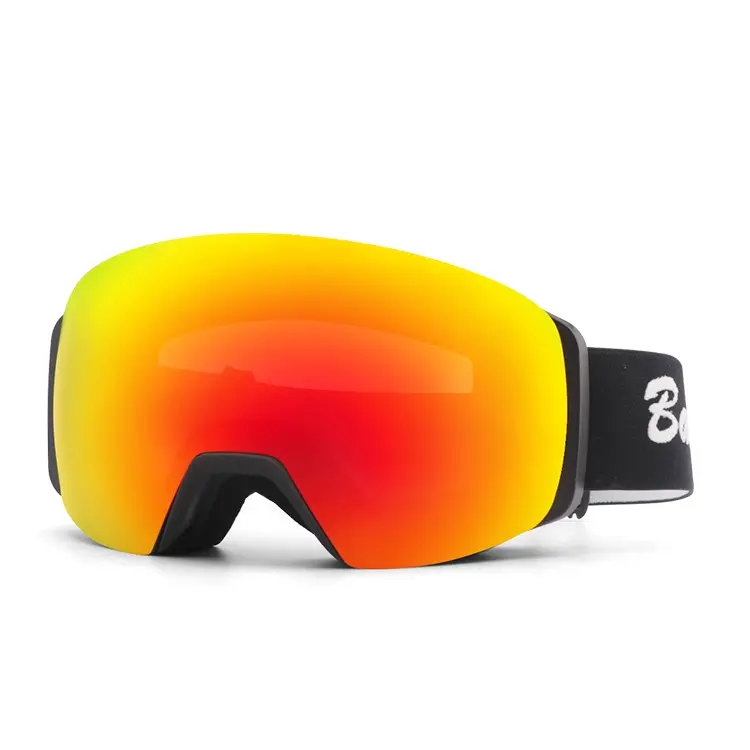
At high altitudes, UV exposure increases significantly, with snow reflecting up to 80%–90% of UV rays. For every 1,000 meters of elevation, UV intensity rises about 10–12%. Without proper protection, eyes risk damage such as photokeratitis or long-term issues like cataracts.
Goggles featuring UV400 protection effectively block almost all UVA and UVB radiation, and their snug fit forms a protective seal that stops harmful rays from reaching your eyes from any angle. This level of protection surpasses regular sunglasses and is essential during extended outdoor activity on snowy slopes.
Are Ski Goggles Necessary in All Weather
Many believe goggles are only needed in poor weather, but even on clear, sunny days, intense sunlight reflecting off snow causes significant glare, reducing visual contrast by up to 50%. This reduced visibility makes it harder to judge distances accurately and identify obstacles on the slopes, which can significantly increase the risk of accidents and injuries for skiers at all levels.
In low-light or snowy conditions, yellow, amber, or rose-tinted lenses enhance contrast and clarity by filtering excessive blue light, improving visibility by approximately 30%. Clear lenses maximize light transmission for night skiing, maintaining safety in limited light.
This shows ski goggles are needed in all weather to maintain optimal vision.
Are Ski Goggles Necessary for Anti Fog Protection
Fogging occurs when warm moisture from your breath or skin meets cold outside air, typically when temperature differences range 10–20°C (18–36°F). Fogged lenses obscure vision and reduce safety.
Anti-fog goggles use several technologies:
- Dual-Lens Design: Creates an insulating air layer, reducing fog by up to 60%.
- Ventilation Systems: Vents allow airflow (5–10 liters/min) to remove moisture without letting snow in.
- Anti-Fog Coatings: Chemical treatments prevent moisture buildup, keeping lenses clear even during heavy activity.
These features ensure consistent, fog-free vision essential for safety.
Are Ski Goggles Necessary for All Skiers
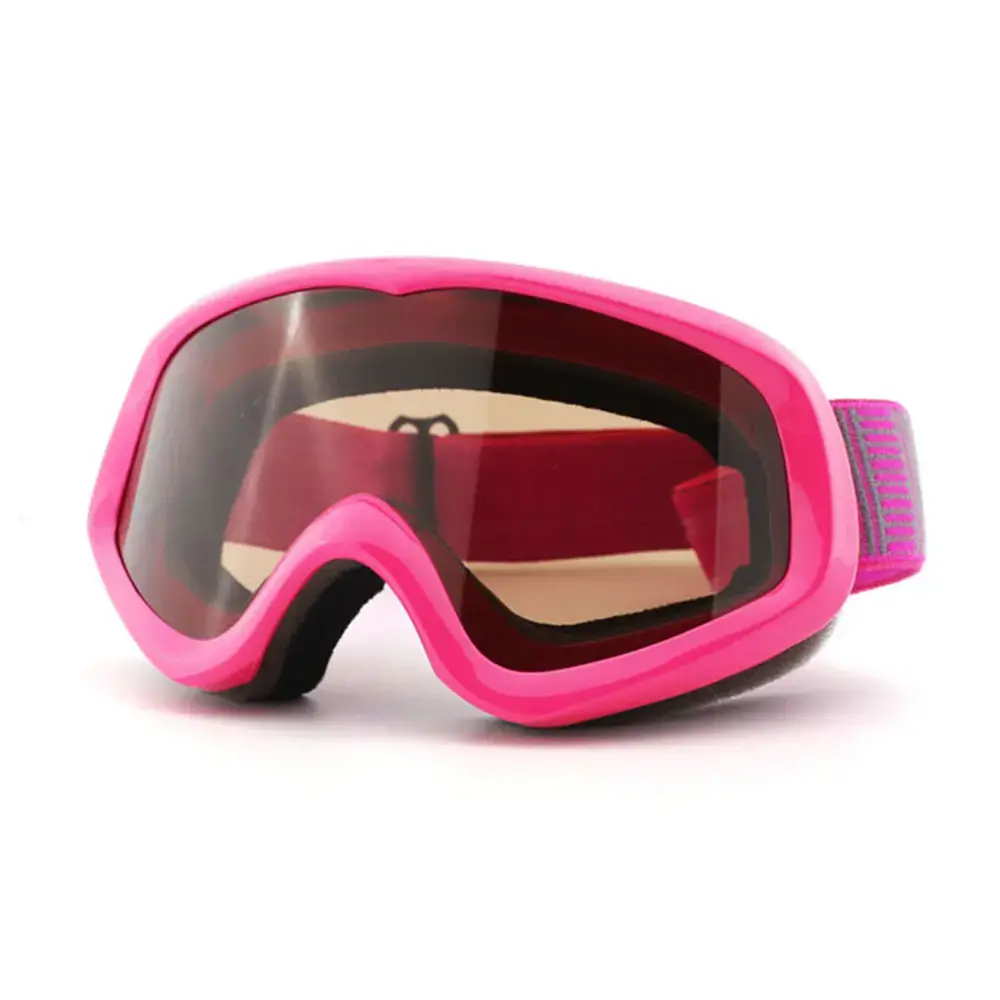
Ski goggles are necessary for all skiers, from beginners skiing slowly to experts exceeding 80 km/h (50 mph). Wind, glare, and UV exposure affect vision and safety at any speed.
Wind chill can drop effective temperatures below -20°C (-4°F), causing eye irritation and blurred vision without protection.
Children especially need ski goggles because their eyes are more sensitive to UV and cold. Properly fitted children’s goggles help maintain clear vision and comfort, reducing accident risks and improving enjoyment.
Advanced skiers benefit from features like photochromic lenses, which adjust tint automatically to light conditions, eliminating the need to change goggles.
Are Ski Goggles Necessary for Comfort and Fit
Modern ski goggles are designed with comfort as well as protection in mind. Features such as:
- Triple-Layer Face Foam: This improves fit and reduces pressure on the face by about 30% compared to single-layer designs, preventing discomfort during long days.
- Adjustable Straps: Ensures a snug, secure fit compatible with helmets, which eliminates gaps that can allow cold air or snow to enter.
- Wide Field of View: Many models provide peripheral vision exceeding 180 degrees, essential for awareness of surroundings and avoiding collisions.
The combination of these ergonomic and functional features means goggles do not just protect but enhance the skiing experience by allowing skiers to focus solely on their performance.
Conclusion
So, are ski goggles necessary for skiing? The answer is unequivocal: yes. From shielding your eyes against harmful UV rays and preventing fog to enhancing comfort and safety, ski goggles are an indispensable part of every skier’s gear.
XQ Glasses offers a wide selection of high-performance ski goggles, including anti-fog designs and customizable options tailored to various needs and skill levels. For a safer and more enjoyable skiing experience, choose goggles that combine advanced technology with superior craftsmanship.
If you’re looking for high-quality ski goggles or custom designs, contact us today.

